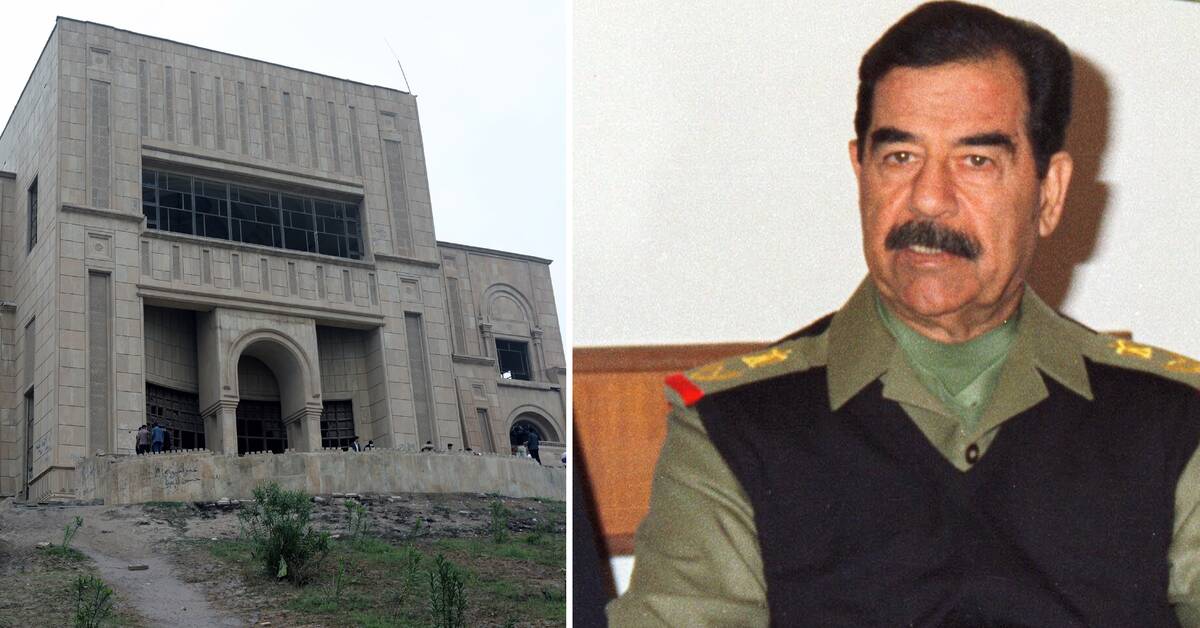Scattered throughout Iraq today are over 100 run-down and abandoned palaces from Saddam Hussein's reign. Then, in the 80s and 90s, the buildings served as housing for the dictator's family, relatives and party friends.
The extravagant palaces were adorned with precious works of art, exclusive carpets and sumptuous fountains.
- The palaces symbolize Saddam Hussein's power and wealth. He wanted to show how strong, rich and powerful he was and that it was he who decided. Saddam Hussein identified with historical figures such as Nebuchadnezzar II, associated with his palaces and the Hanging Gardens of Babylon, said Christian Mühlenbock, archaeologist and cultural heritage researcher.
Looted during the war
With the US invasion in 2003, statues of Saddam Hussein were demolished and his palaces looted. Several of them were also used as U.S. military bases during the war.
"Almost everyone was looted, it was perhaps a kind of revenge. Here the people have suffered and Saddam Hussein has wallowed in luxury and flair, says Christian Mühlenbock.
Initiatives to rehabilitate
Nowadays, the buildings are owned by Iraqi authorities, after years of war and looting. Some of the palaces have been turned into museums or university buildings. The one in Basra, for example, has become a museum of antiquities, with financial support from British cultural protection funds.
However, the majority of buildings still stand empty due to overpriced renovation costs.
However, local promoters such as Saad al-Wazzan want them refurbished into cultural centres or museums.
"These buildings testify to Iraq's history. Whether one supports or opposes Saddam Hussein's regime, they are part of the republic's lived history," he told Reuters.

